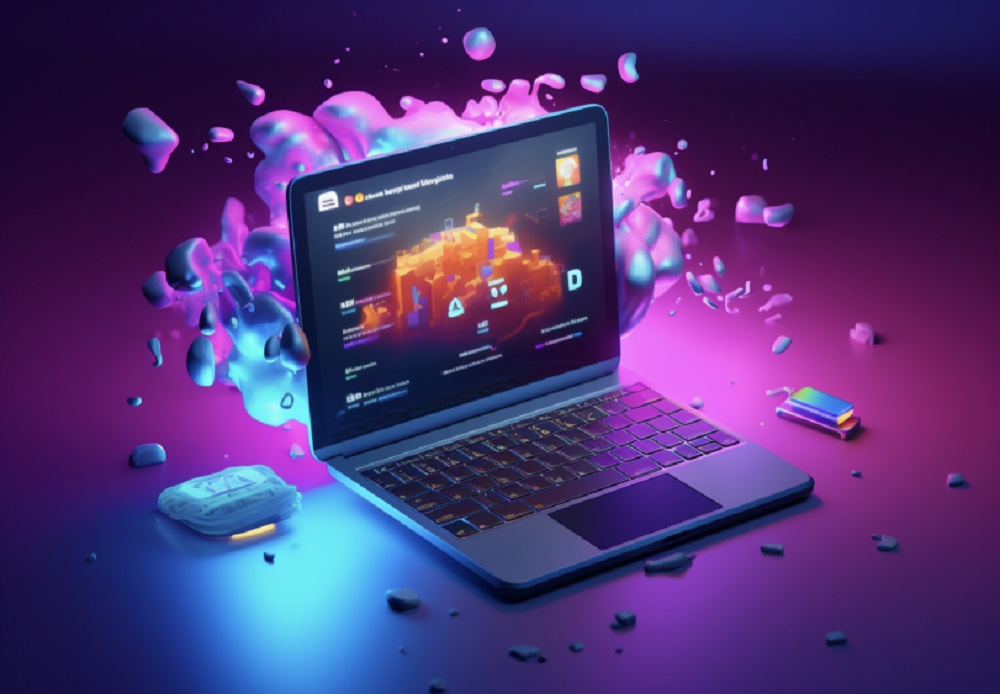
Generative AI refers to a type of artificial intelligence that uses algorithms to create text, images, and even audio. This may sound simple, but the results can be quite sophisticated. For instance, tools like ChatGPT can generate everything from computer code to stories, poems, and detailed articles.
Similarly, image-based AI tools like Midjourney, DALL-E, Ideogram, and Kittl can produce highly detailed visuals, from realistic depictions of people and animals to stylized artwork mimicking famous techniques.
Generative AI has practical uses
In many industries, generative AI is a blessing for many practical needs. For example, when a website designer needs a stock image, it’s easy to generate one or search through existing generations to find a suitable image. Since AI-generated content is not subject to copyright, images generated by these applications are fair game for everyone’s use. Most generative AI apps provide access to all user generations unless the person has a paid account that allows them to keep their generations private. Even so, most generations are public.
Professionals often use generative AI tools to beautify their photos before publishing them to social media. AI can be used to fix blurry images, fill in areas that have been cut off, and increase the resolution of photos. AI tools, like Portrait Pal, can also be used to generate a professional background for headshots to make them look better.
For graphic designers, generative AI is an amazing and affordable resource for design assets. For instance, when a designer needs an image of a samurai sword to complete a composite, they can generate a bunch of swords until they get the right one. Before generative AI, designers had to find licensable stock images and were stuck paying high prices for limited commercial usage rights. Plus, there wasn’t much variety out there. Now, designers can refine their prompts until they get the precise design elements they need, which not only saves money but greatly enhances their final design.
As far as text-based generations are concerned, ChatGPT is the most popular application, with Google Gemini close behind. Both of these tools can provide written content that reads like it was written by a human, and a lot of businesses are taking advantage. For example, business owners who need to fill out their blogs for SEO purposes use ChatGPT to write blog posts that require minimal editing before being published.
Other people use text-based generative AI to create outlines for articles, get ideas for movie plots, and write jokes. Many people in the print on demand (POD) industry even use it to generate catchy t-shirt slogans.
Generative AI is fun to use
Although a lot of people use generative AI tools for professional purposes, it’s frequently used just for fun. Some people enjoy creating funny images or engineering prompts that provide them with art that mimics their favorite style.
For example, a lot of people generate images in the style of Vincent van Gogh’s Starry Night oil painting. If you search through public images for the term “starry night,” you’ll find dogs, cats, squirrels, and random scenes all rendered in the style of this famous painting.
Generative AI can replace stock subscriptions
In a professional sense, apps like Midjourney and DALL-E make workflows easier and eliminate the need to wait for individual purchase approvals each time you need an asset.
It’s no longer necessary to pay $30/month and commit to a year-long subscription just to get 10 stock photos per month. You can pay $30 per month or less and generate thousands of images that are just as good or better than stock photos.
Generative AI technology will get even better
Although Midjourney is the most popular generative AI tool for images, it was only introduced to the world in March 2022. Fast forward to 20204 and Midjourney has some pretty big competition. Although, each tool has its strengths and weaknesses. For example, it’s not easy to get a truly photorealistic image from Midjourney, but with the right prompts on getimg.ai, you can create photos that don’t even have a hint of artificiality.
Other Midjourney competitors include Kittl and Ideogram, which both do a great job of generating readable text. Like Midjourney, you can upload your own image to generate a new image with a similar style, but the same prompt across all these apps will produce an entirely different image.
Generative AI is pretty impressive, and it makes sense that so many people are using it for fun and in a professional capacity. The technology is still in development, but based on current results, it’s clear that it will only get better from here.
